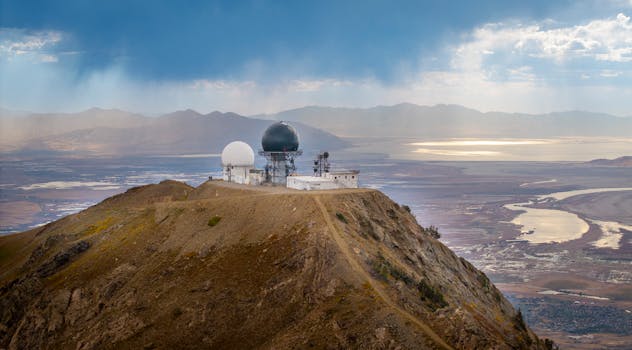
MEO Satellites: Revolutionizing Global Communication with Medium Earth Orbit Technology
MEO satellites, or Medium Earth Orbit satellites, are a type of satellite that operates in an orbit between 2,000 and 36,000 kilometers above the Earth’s surface. This unique orbit allows MEO satellites to provide a range of benefits and capabilities that are not possible with other types of satellites. In this article, we will explore the advantages and applications of MEO satellites and how they are transforming the global communication landscape.
MEO satellites have several key advantages that make them an attractive option for a range of applications. One of the main benefits of MEO satellites is their ability to provide global coverage with a relatively small number of satellites. Because they operate in a higher orbit than Low Earth Orbit (LEO) satellites, MEO satellites can cover a larger area of the Earth’s surface, reducing the number of satellites needed to provide global coverage. This makes MEO satellites a more cost-effective option for many applications.
How MEO Satellites Work
MEO satellites work by transmitting and receiving signals to and from Earth-based stations. They use a range of frequencies, including Ka-band, Ku-band, and C-band, to provide a range of services, including broadband internet, voice and video communications, and navigation. MEO satellites are typically used for applications that require a high level of availability and reliability, such as maritime and aeronautical communications, as well as for remote or underserved communities.
MEO satellites are also used for a range of other applications, including Earth observation, weather forecasting, and scientific research. They can provide high-resolution images of the Earth’s surface, as well as data on weather patterns, ocean currents, and other environmental factors. This makes MEO satellites a valuable tool for scientists, researchers, and policymakers who need accurate and reliable data to inform their decisions.
Applications of MEO Satellites
MEO satellites have a range of applications across various industries, including telecommunications, navigation, Earth observation, and scientific research. In the telecommunications sector, MEO satellites are used to provide broadband internet, voice and video communications, and other services to remote or underserved communities. They are also used for maritime and aeronautical communications, providing critical connectivity for ships and aircraft.
In the navigation sector, MEO satellites are used to provide location-based services, such as GPS and other satellite-based navigation systems. They are also used for Earth observation, providing high-resolution images of the Earth’s surface and data on weather patterns, ocean currents, and other environmental factors.
Future of MEO Satellites
The future of MEO satellites looks promising, with a range of new technologies and applications on the horizon. One of the most significant trends in the MEO satellite industry is the development of new constellations, such as the O3b constellation, which is designed to provide high-speed, low-latency broadband internet to remote and underserved communities.
Another trend is the increasing use of MEO satellites for IoT (Internet of Things) applications, such as smart cities, smart transportation, and industrial automation. MEO satellites are well-suited to IoT applications, as they can provide low-latency, high-bandwidth connectivity to devices in remote or hard-to-reach locations.
In conclusion, MEO satellites are a vital part of the global communication landscape, providing a range of benefits and capabilities that are not possible with other types of satellites. With their unique orbit and range of applications, MEO satellites are set to play an increasingly important role in the future of global communication, navigation, Earth observation, and scientific research.


